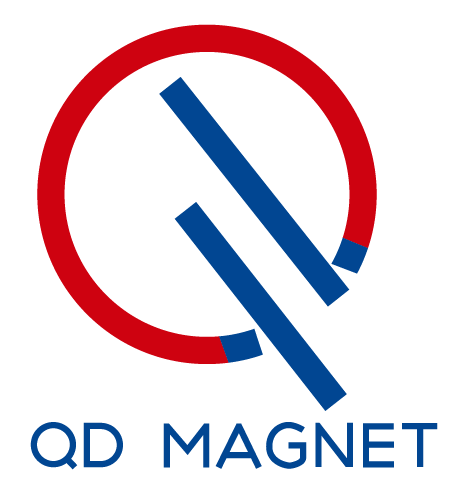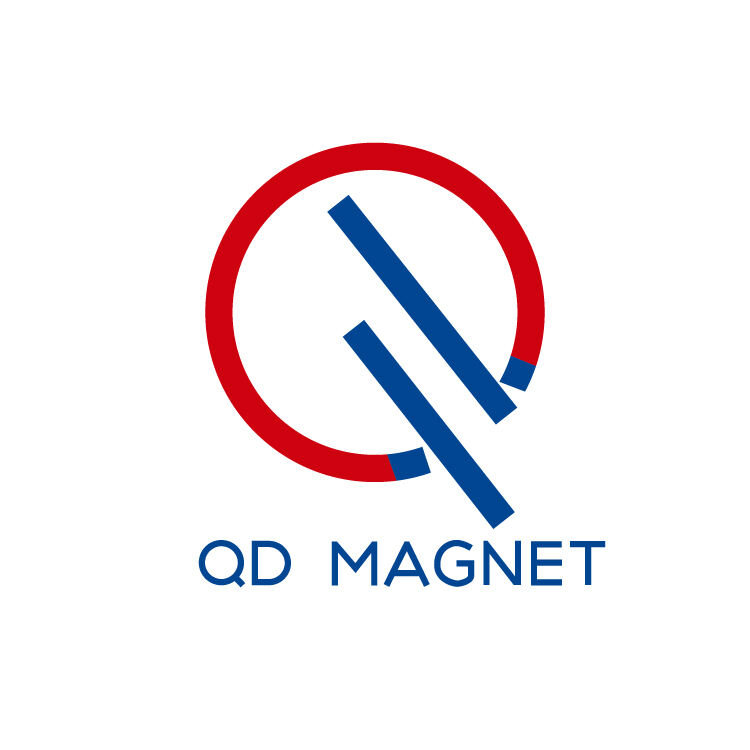To minimize wear and tear in magnetic assemblies used in industrial applications, implementing protective housing is crucial. Using enclosures made from high-strength materials such as polycarbonate or aluminum effectively shields these assemblies from environmental damage like dust and moisture. Additionally, seals and gaskets serve as protective barriers against contaminants that could lead to corrosion and decreased lifespan. Furthermore, incorporating shock-absorbent materials within the protective housings helps mitigate the impact and vibrations which might otherwise compromise the performance of the magnetic assemblies. This comprehensive approach ensures that magnetic assemblies maintain their integrity over time, effectively reducing wear and tear.
Integrating magnetic assemblies with non-magnetic components is essential for achieving balance and structural integrity in industrial equipment. Designing these assemblies to seamlessly connect with non-magnetic parts ensures that weight is distributed evenly, preventing any imbalance that might affect the machinery's operation. Materials like stainless steel are ideal as they do not interfere with the magnetic field while reinforcing the overall structure. By engaging in collaborative design efforts, aligning magnetic and non-magnetic components becomes streamlined, thereby optimizing functionality and extending the assembly's longevity. Such integration is vital for maximizing the efficiency and durability of industrial applications using magnetic assemblies.
Optimizing magnetic performance through flux concentration techniques involves leveraging advanced technologies. Utilizing sophisticated computer modeling, we can optimize flux paths and elevate magnetic flux density, leading to significant improvements in performance. By designing special geometrical configurations, we can focus and guide magnetic fields to strategic areas within magnetic assemblies, thus enhancing their effectiveness. Additionally, employing simulation tools allows us to predict how various designs will perform, aiding in the avoidance of costly prototype manufacturing. This proactive approach not only saves time but also reduces expenses, making it a win-win for businesses seeking efficient solutions.
Incorporating neodymium block magnets into magnetic assemblies can drastically improve the strength-to-weight ratio, boosting overall efficiency. Known for their powerful magnetic properties, these rare earth magnets enhance performance significantly, such as increasing torque and energy efficiency in motors. This is supported by numerous case studies demonstrating their superior capabilities when used in industrial applications. By integrating these strong rare earth magnets, businesses can achieve more robust and energy-efficient systems, ultimately leading to improved operational efficiencies and reduced energy consumption.
For example, studies have shown that using neodymium magnets in motors results in higher torque production and better energy utilization. Their integration, therefore, not only bolsters the Magnetic Assembly's strength but also contributes to long-term sustainability and cost savings in industrial environments.
Press-fit assembly techniques are vital in achieving precision placement of magnetic components within their housings without relying on adhesives or fasteners. These methods emphasize exact tolerances and specific surface finishes to enhance the fit and performance of press-fit components, ensuring the faithful alignment of elements in magnetic assemblies. By forgoing additional bonding agents, these assemblies boast increased durability, reducing the risks of failure under various environmental conditions. Testing under diverse scenarios further validates the enduring reliability of these assemblies, demonstrating their capability to withstand stress and prolong lifespan.
Custom fasteners are developed to enhance the functionality of magnetic assemblies by aligning them with specific industrial requirements. The exploration of non-magnetic fasteners is essential as they reduce potential magnetic interference while maintaining performance. These fasteners need to be designed with ease of assembly and disassembly in mind, ensuring seamless maintenance processes. By managing these factors carefully, custom fasteners support the integrity and operational readiness of magnetic assemblies, ensuring they meet the demands of varied applications. Integrating such tailor-made fasteners into complex systems elevates the adaptability and performance of magnetic technologies.
Investing in research to demonstrate the benefits of strong rare earth magnets is crucial for enhancing motor efficiency and reducing energy consumption in electric vehicles. These magnets offer superior torque and performance, allowing vehicles to operate more efficiently. By comparing performance metrics of different magnet configurations, manufacturers can identify optimal setups that maximize both torque and speed. Successful implementations of strong rare earth magnets in leading electric vehicle models, such as Tesla and other renowned brands, serve as industry validation. This not only highlights their effectiveness but also sets a benchmark for future developments in electric vehicle technologies.
Magnetic assemblies play a vital role in enhancing the sensor systems of autonomous vehicles, improving navigation and object detection capabilities. By integrating magnetic sensors, vehicles can achieve greater accuracy and reliability, which are essential for safe autonomous driving. Analyzing safety and reliability metrics reveals the importance of these sensors in creating robust autonomous systems. Moreover, research into future trends in magnetic sensor technology shows promising advancements that further emphasize their significance in the evolution of autonomous vehicles. As the industry progresses, magnetic sensors are likely to become even more integral to navigation systems and other critical components of autonomous driving technology.
Selecting eco-friendly materials in magnetic component production requires stringent criteria that emphasize recyclability and minimal environmental impact. Companies must adopt sustainable practices in raw material sourcing and assembly processes. For example, transitioning to materials such as recycled alloys or bio-based binders can significantly reduce carbon footprints. Case studies highlight how leading companies have made notable advances in sustainability by choosing responsible materials for manufacturing. To ensure these practices align with industry standards, certifications like ISO 14001 must be achieved, which ensures materials are sourced and used sustainably.
Precision fabrication processes such as laser cutting and CNC machining are pivotal in minimizing waste and enhancing overall manufacturing efficiency for magnetic assemblies. These techniques allow manufacturers to achieve intricate designs with reduced material wastage, improving both cost-efficiency and sustainability. Investing in such advanced tools, despite higher upfront costs, can lead to long-term savings and improved product quality. Industry standards like ANSI and ISO guidelines for precision machining further propagate sustainable practices in manufacturing, setting benchmarks for both accuracy and environmental responsibility.


Copyright © - Privacy policy